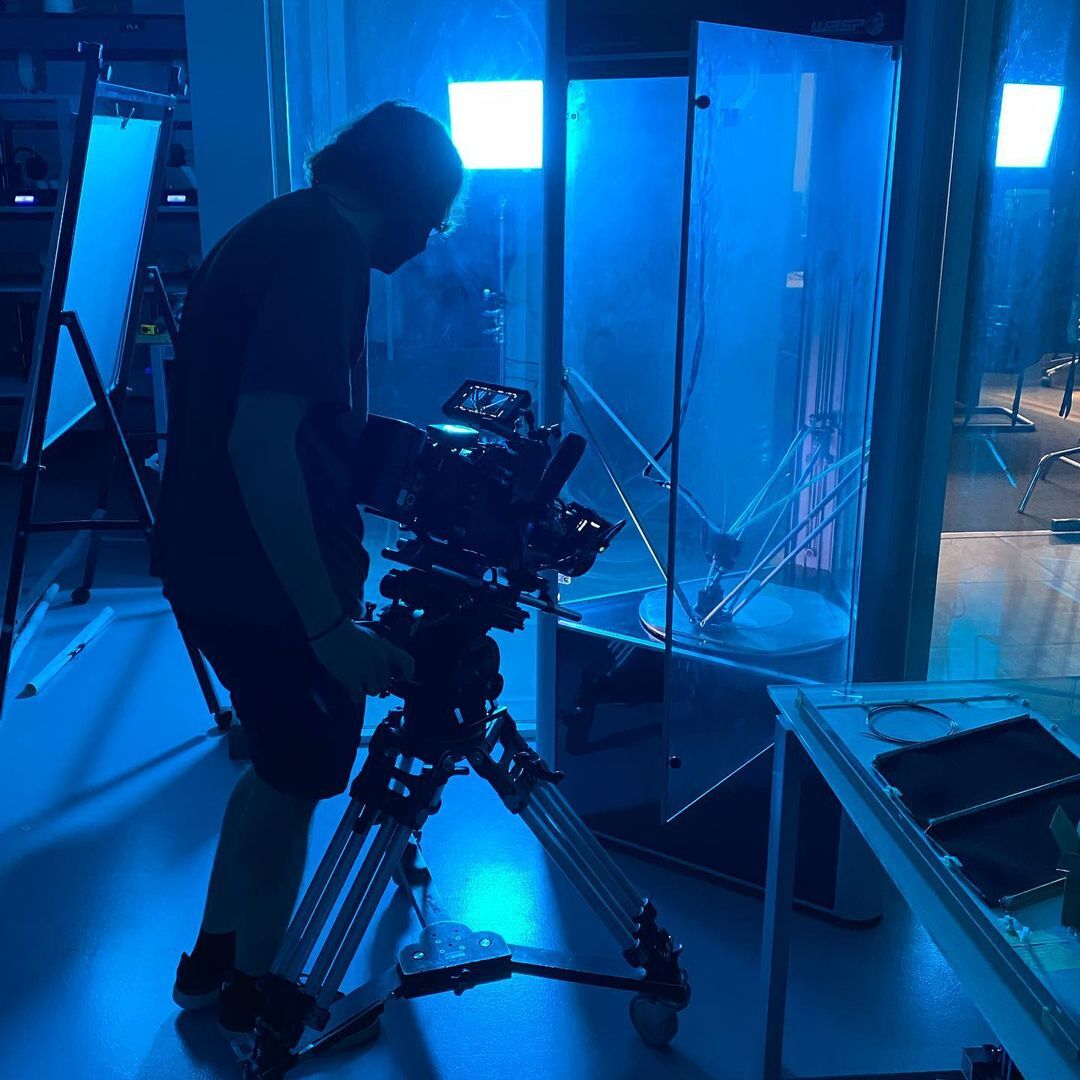Efficiency Meets Precision: A Look Into The HP MJF 4200 Series 3D Printer

3D printing stands at the intersection of imagination and reality, a groundbreaking technology that is reshaping the world of manufacturing as we know it. With its ability to materialize virtual blueprints into tangible objects, it’s much more than a technological innovation—it’s a creative revolution.
From the intricacies of custom jewelry to the complexities of automotive parts, 3D printing is opening up new frontiers in countless industries. And one particular tool that has been a stand-out performer in this arena, and thus a preferred tool among rapid prototyping companies, is HP’s Multi Jet Fusion (MJF) 4200 Series 3D Printer.














.svg)








